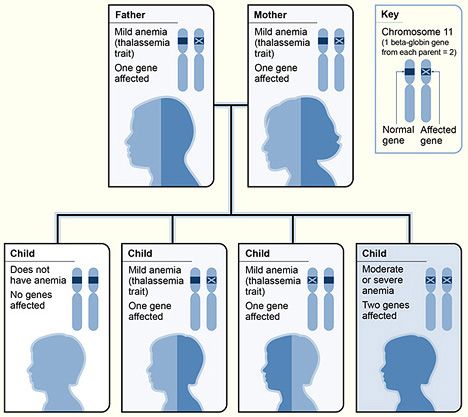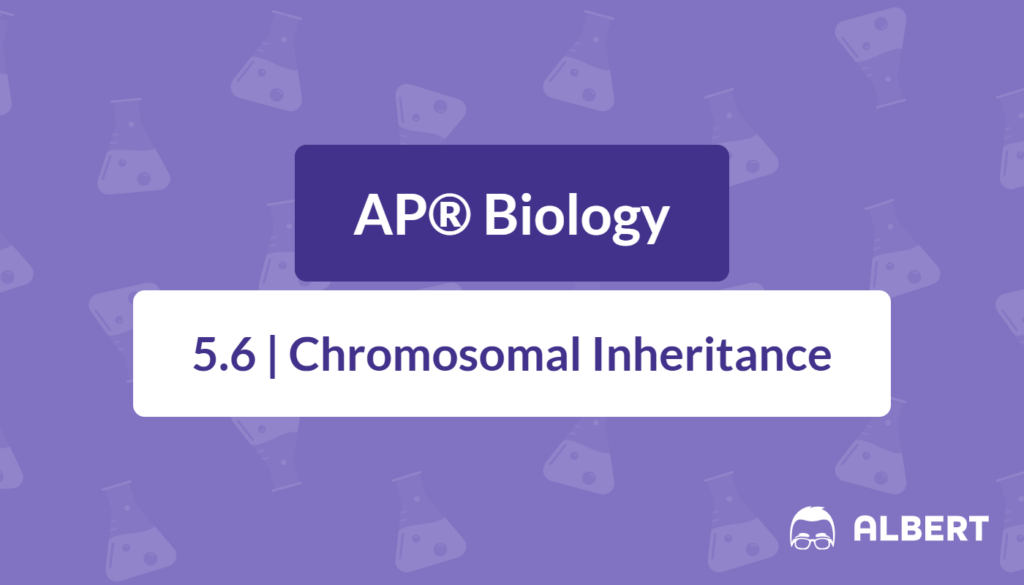What We Review
Introduction
Understanding how genes are passed from parents to offspring is a fundamental concept in biology. The Chromosomal Theory of Inheritance provides a framework for explaining how specific traits are transmitted along chromosomes, which are the structures that carry genetic information. In this post, we’ll explore the key ideas behind this theory, examine the processes that give gametes genetic variation (an essential question in genetics), and discuss common chromosomal disorders. Whether you’re preparing for the AP® Biology exam or simply seeking a deeper understanding of inheritance, read on for a clear and concise review.
Understanding Chromosomal Inheritance
A. Definition of Chromosomal Theory of Inheritance
The Chromosomal Theory of Inheritance was developed in the early 20th century, with scientists such as Walter Sutton and Theodor Boveri playing pivotal roles. Their groundbreaking research identified that genes are located on chromosomes, which segregate and assort independently during the formation of gametes (egg and sperm cells). This insight connected the principles of Mendelian genetics with cellular processes observed under the microscope, providing the basis for our modern understanding of how traits are inherited.
B. The Role of Chromosomes in Inheritance
Chromosomes are thread-like structures composed of DNA and proteins. In diploid organisms (like humans), chromosomes come in homologous pairs—one from each parent. During cellular division, each chromosome replicates to form two sister chromatids. When gametes form, these chromosomes undergo segregation and independent assortment, vital processes that contribute to genetic variation. This explains why siblings, even though they share the same parents, can exhibit a wide range of physical and genetic differences.
Mechanisms of Genetic Variation
A. Processes Leading to Genetic Variation
When students ask, “What gives gametes genetic variation?” there are several key processes to consider:
- Segregation of Chromosomes
- Meiosis is the specialized cell division process that produces gametes. During meiosis I, homologous chromosomes separate, ensuring each gamete receives just one chromosome from each pair. This segregation shuffles the genetic deck, so to speak, making it almost impossible for two gametes to be genetically identical.
- Independent Assortment
- In addition to segregation, the law of independent assortment states that different genes on different chromosomes independently separate during gamete formation. This means the way one pair of chromosomes “assorts” has no bearing on what happens to another pair. A classic example is illustrated through dihybrid crosses (such as tracking seed color and seed shape in pea plants), where the inheritance of one trait does not influence the inheritance of another.
- Fertilization
- When egg and sperm unite, they combine unique sets of genetic material—ultimately producing offspring that carry a mix of both parents’ genes. The random nature of which sperm fertilizes which egg further increases genetic variability among offspring.
Chromosomal Basis of Inherited Disorders

A. Genetic Disorders Due to Chromosomal Changes
Sometimes, errors occur during meiosis, such as nondisjunction—the failure of chromosomes to separate correctly. These errors can lead to chromosomal disorders:
- Down Syndrome (Trisomy 21) – Caused by an extra copy of chromosome 21.
- Turner Syndrome (XO) – Occurs when a female has only one X chromosome (instead of two).
- Klinefelter Syndrome (XXY) – Occurs in males with an additional X chromosome.
These disorders highlight how critical proper chromosomal division is to healthy development. Even slight errors can have significant impacts on an individual’s phenotype and health.
B. The Role of Mutated Alleles
Single-gene disorders also connect to the Chromosomal Theory of Inheritance because each gene resides at a specific location (locus) on a chromosome. For example:
- Cystic Fibrosis – Resulting from a mutation in the CFTR gene located on chromosome 7.
- Sickle Cell Disease – Caused by a mutation in the HBB gene on chromosome 11.
Although these conditions involve mutated alleles rather than large-scale chromosome errors, they still demonstrate how traits and disorders link back to specific points on chromosomes.
Implications for Understanding Inheritance
A. Importance in Population Genetics
Chromosomal inheritance patterns don’t just apply to individual families—they also shape entire populations. Variations introduced through segregation, independent assortment, and fertilization influence traits in a population. Over time, these variations can affect allele frequencies, driving evolutionary change via natural selection, genetic drift, and gene flow.
B. Real-World Applications
The Chromosomal Theory of Inheritance is foundational to numerous fields, including genetics, medicine, and evolutionary biology. Genetic counselors, for example, rely on these principles to help families understand the risks for inherited disorders. Meanwhile, evolutionary biologists study chromosome changes over generations to map species’ evolutionary histories. Mastering these concepts can also improve your problem-solving skills in other scientific areas and boost your performance on the AP® Biology exam.
Conclusion
The Chromosomal Theory of Inheritance offers a unified perspective on how traits are passed down through generations. By placing genes on chromosomes and connecting the events of meiosis to observed trait patterns, it explains both the remarkable consistency and the fascinating diversity among living organisms. Remember that processes like segregation, independent assortment, and fertilization are key to understanding what gives gametes genetic variation. Moreover, studying chromosomal disorders reveals how small errors can produce profound effects on an individual’s health. Whether you aim for exam success or a clearer picture of the natural world, these foundational ideas will serve you well.
Sharpen Your Skills for AP® Biology
Are you preparing for the AP® Biology test? We’ve got you covered! Try our review articles designed to help you confidently tackle real-world math problems. You’ll find everything you need to succeed, from quick tips to detailed strategies. Start exploring now!
Need help preparing for your AP® Biology exam?
Albert has hundreds of AP® Biology practice questions, free response, and full-length practice tests to try out.








